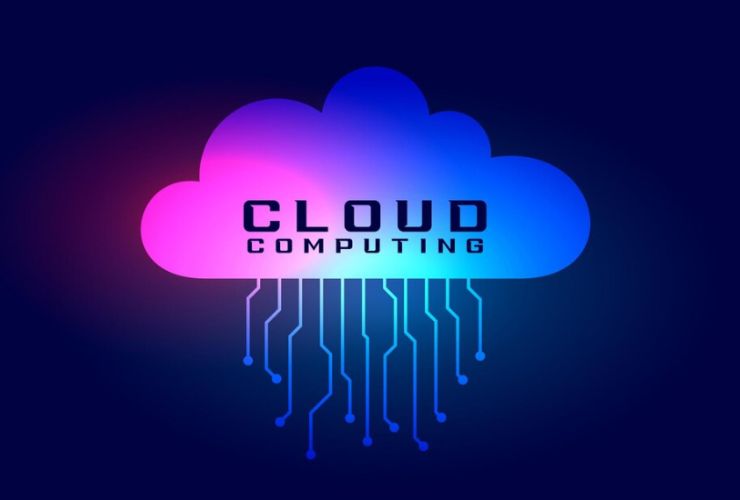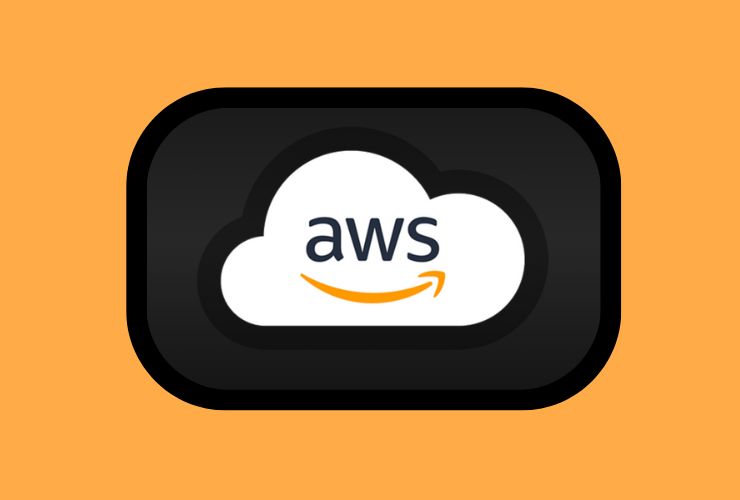Cloud computing is developing at a tremendous pace. Nowadays, small, medium, and large businesses are dependent on cloud solutions to enhance their operations, streamline processes, and collaborate effectively. In this paper, we have gone deeper into the top trends shaping the future of cloud computing in the current year.
1. Hybrid and Multi-Cloud Strategies
Hybrid and multi-cloud strategies are increasingly being used by organizations. Such strategies will integrate private and public clouds for the best performance and security. Businesses will thus be able to pick the best cloud services according to their needs, but they will be in control of their data and applications. Expect more tools and services that make the management of multiple cloud environments easier.
2. More Security and Compliance
Cloud threats are surging, and henceforth, safety and compliance would be the critical issues for the cloud service providers and organization. The technologies required must be loaded with more sophisticated security functionalities like encryption, identity management, and deep threat detection. Understanding regulations like GDPR and HIPAA is going to shape the form of cloud services; therefore providers will increase their level of security.
3. Integration with AI and Machine Learning
AI and ML are increasingly becoming the integral parts of cloud services. These technologies enable business organizations to analyze gigantic amounts of data, automate processes, and enhance decision-making capabilities. In the current times, expect cloud providers to come up with more AI-driven solutions that enable organizations to leverage the power of their data like never before.
4. Edge Computing Expansion
As the Internet of Things expands, so too does edge computing. As a result, more companies are able to reduce latency while delivering faster response times based on data computation closer to the origin.
We anticipate that there will be significant growth for edge computing solutions in their effort to help organizations start harnessing real-time data insights using the least bandwidth possible.
5. Serverless Computing
This concept of serverless computing allows the developer to focus all their energy on writing their code without ever having a second thought about the underlying structure. The trend is witnessed to increase with more numbers of businesses embracing this mode of architecture to scale effectively and cut down on their operational costs. Serverless charges will enable a company to pay for its use of compute resources.
Conclusion
The future of cloud computing promises to be bright, especially with many trends which will soon shape the landscape. Hybrid and multi-cloud strategies, security on top, the integration of AI, expanded edge computing, and serverless models can keep a business competitive and agile in shifting their environment. As such trends are underway, it is very important for organizations to keep themselves updated and adjusted to unlock maximum potential from cloud technologies.









